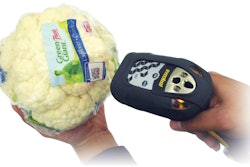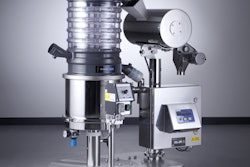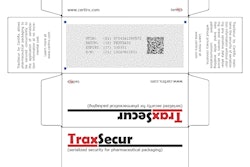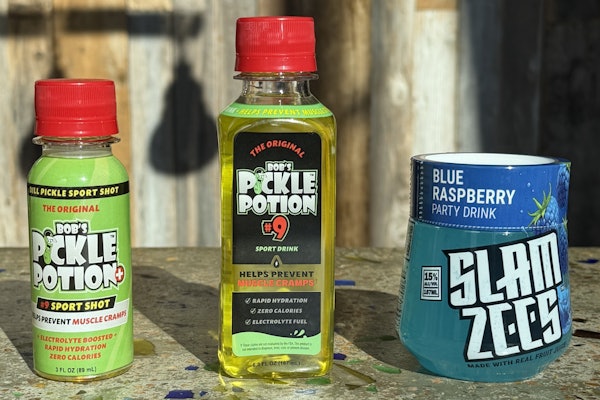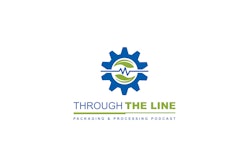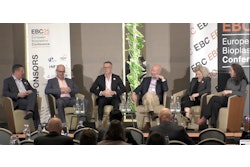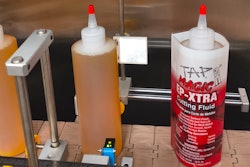You can make better use of these events by following a few tried-and-true tips. When the purchasing decision is made, you’ll know that your team properly evaluated the alternatives.
1. Do your homework in advance. Major trade shows do a great job of getting the word out, weeks in advance, about who will be exhibiting, where booths are located, and even which machines will be on display in each booth. Take advantage of this advance information, and make plans to visit specific suppliers.
2. Choose a cross-functional team. Experienced packagers assemble a cross-functional team to attend a trade show so that different points of view can be combined. You should, at least, involve representatives from operations, R&D, engineering, purchasing, and marketing. Agree on a plan for covering the show, either as a team or in smaller groups that convene later to compare notes.
3. Agree on machine criteria. Everyone on the team needs an agreed-upon list of what criteria are important: Whether it’s quick changeover, versatility, robust design, maximum speed, or a combination, make sure everyone is evaluating the machines on exhibit using the same criteria. Some experienced show-goers recommend tablet computers as a quick way to take photos and notes, record conversations, etc.
4. Set up appointments with the chosen suppliers. It’s usually preferable to set up appointments with three to five different suppliers at the show. This will assure that supplier representatives make time for your team, take your questions, and are able to learn a little more about your operational needs. Experts say that five suppliers is usually the limit for a full evaluation at one trade show, but you may choose to collect info on more candidates and narrow them down later.
5. Back home, rate equipment using a competitive matrix. When everyone has returned from the show, you can begin the process of rating each of the suppliers according to whatever Competitive Matrix your company uses. Leave plenty of room for verbatim comments from team members that reflect their own areas of expertise.
6. Perform a financial stress test. As more American packagers purchase from multinational suppliers, it has become customary to ask for financial info as part of the evaluation process. This goes further than simply pulling a Dun & Bradstreet report. As a prospective customer, you are in a position to ask for financial information from the supplier’s CFO or other top officer. Due diligence now may save headaches down the road.
7. Invite finalists to present at your facility. Some veteran trade-show teams narrow the supplier list down to two or three finalists, and invite each of them to make a separate, more formal presentation at the packager’s facility. This provides a chance for the prospective supplier to tailor the presentation to your company’s specific needs. It also lets company representatives who did not go to the show have input.
Trade-show team members, numbering up to 60, from one large Midwestern CPG craft a Consolidated Report on both new and established suppliers, based on information gleaned at the show. This report is then uploaded onto the company’s intranet so that everyone can access the gathered intelligence. Suppliers that pique interest from anywhere in the organization are invited to one of several “lunch and learn” sessions at headquarters, where they can talk about a specific machine, and take specific questions from the group.
Liked this article? Download the End of Line Playbook here. Download the Primary Playbook here.



